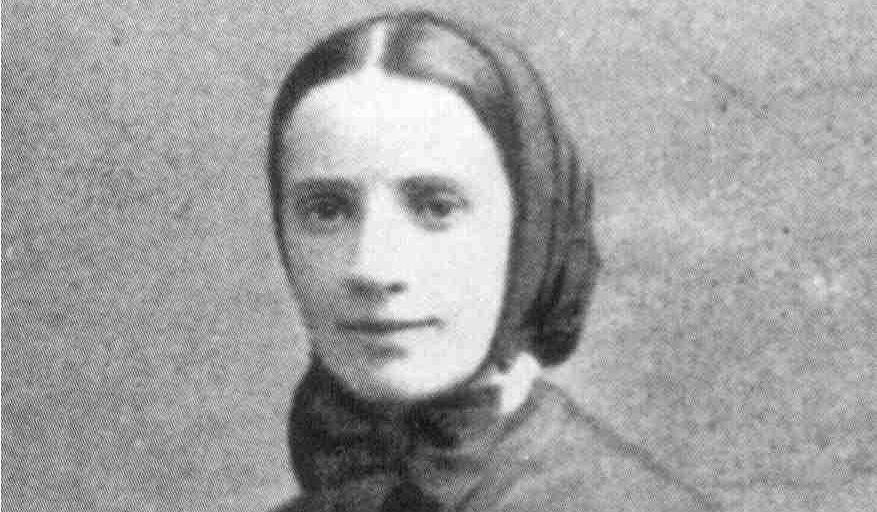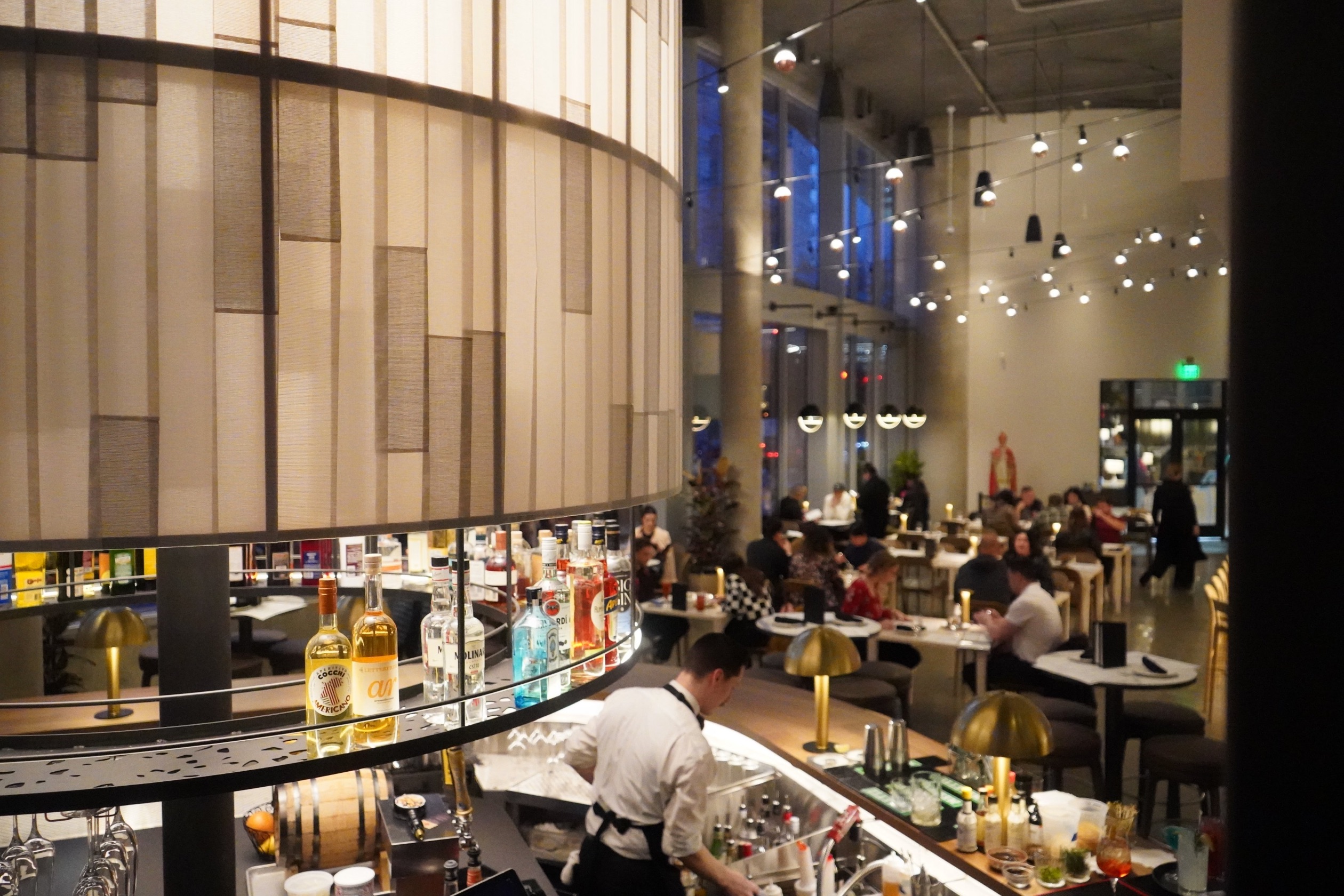In 1903, several national figures made their way to the shores of Puget Sound, no easy feat at the time. In April of that year, John C. Olmstead, stepson of landscape designer Frederick Law Olmstead, arrived to plan out the city’s parks and boulevards. In May, President Teddy Roosevelt stopped by on his grand tour of the American West.
A lesser-known but nonetheless influential visitor arrived in Seattle that year as well. She was Maria Francesca Cabrini, later known as Mother Frances Xavier Cabrini. Cabrini visited Seattle three times during her lifetime, ministering to the city’s sick and poor, with a special focus on its Italian immigrants. This devoted humanitarian, whose influence on Seattle can still be felt today, went on to become America’s first saint.
Cabrini was born in 1850 into a farming family in Sant’Angelo Lodigiano, Italy, about 20 miles south of Milan. The youngest of 13 children, she was born several months early, and her small size and fragile health dogged her throughout her life. But what she lacked in stature, she made up for in determination.
After her parents died, Cabrini became a teacher but longed to be a missionary. Twice refused entry into a convent because of her delicate nature, Cabrini took matters into her own hands. In 1880, she founded the order of the Missionary Sisters of the Sacred Heart. For the next nine years, she established schools and orphanages in Italy, even running a hospital at one point.
Her passion caught the eye of Pope Leo XIII who asked her to travel to the United States, which was considered a missionary outpost at the time. Her talents were sorely needed there: Thousands of Italians, mostly farmers or peasants, were arriving each year, without money, jobs, education or basic English-language skills.
In March 1889, Cabrini and six Sacred Heart sisters set sail from France with 1,500 other immigrants, bound for New York City. During the next 28 years, she traveled the U.S. from coast to coast as well as to parts of South America.
On Cabrini’s first visit to Seattle in 1903, she fell in love with the city. “Here we are, not far from the North Pole,” she wrote. “This city is charmingly situated, and is growing so rapidly….The town of Seattle spreads over two hills, and though it is fifty degrees north latitude, it enjoys an interminable spring because of the current that comes from Japan.”
Within a year, Cabrini had established Mt. Carmel Mission on Seattle’s Beacon Hill, home to a large immigrant population. “In the valleys between the hills, there are about 5,000 Italians who follow us like chicks follow the hen,” Cabrini wrote. “We hope to help them, and they will help us.” The compound included a school, convent, chapel, kindergarten and orphanage.
On her second trip to Seattle in 1909, Cabrini realized that the orphanage needed immediate attention. Not only was it bursting at the seams―some 85 children were housed there― but the city had decided to regrade the hill upon which it sat. The orphanage had to move.
Cabrini later said that the new location came to her in a dream. “I saw a villa on a hill,” she wrote. She sent two sisters to the shores of Lake Washington, a location she felt corresponded to her dream site. There, the sisters found a grand, brick-clad summer home which Cabrini eventually purchased and renovated.
In 1914, the orphanage moved to the Lake Washington locale. Ten years later, a residence and school were added and the new facility was dedicated Sacred Heart Villa. The school exists today as Villa Academy, Seattle’s only Catholic independent school offering preschool through eighth grade.
Cabrini had now spent nearly half her adult life in the United States, and she decided to take the next step. She became a U.S. citizen in Seattle on Oct. 13, 1909.
In 1915, Cabrini arrived in Seattle for the last time. Despite being in her mid-60s, she had not slowed down. She had come to open a home for foundlings and purchased the ornate, seven-story Perry Hotel for that purpose. Instead, she turned the building into a clinic known as Columbus Sanitarium. It was later renamed Cabrini Hospital in her honor and it remained operational until 1990.
Cabrini was very ill when she left Seattle in November 1916, and she died in Chicago the following year. During her lifetime, she had established 67 institutions―one for every year of her life―in the U.S., South America and Europe. She was canonized by Pope Pius XII in 1946 and is today the patron saint of immigrants.
During her three trips to Seattle, Cabrini often prayed at St. James Cathedral and her relics are sealed beneath the altar. A statue of Cabrini as a young nun is located in the cathedral’s west nave, holding a book and a bouquet of violets in her hand.
A woman ahead of her time, Cabrini was a bold adventurer and a savvy businesswoman, a dedicated social reformer and a passionate religious leader. A century ago, her energy, compassion and foresight helped hundreds of Italians in Seattle live a better life in the city they would eventually call home.





























